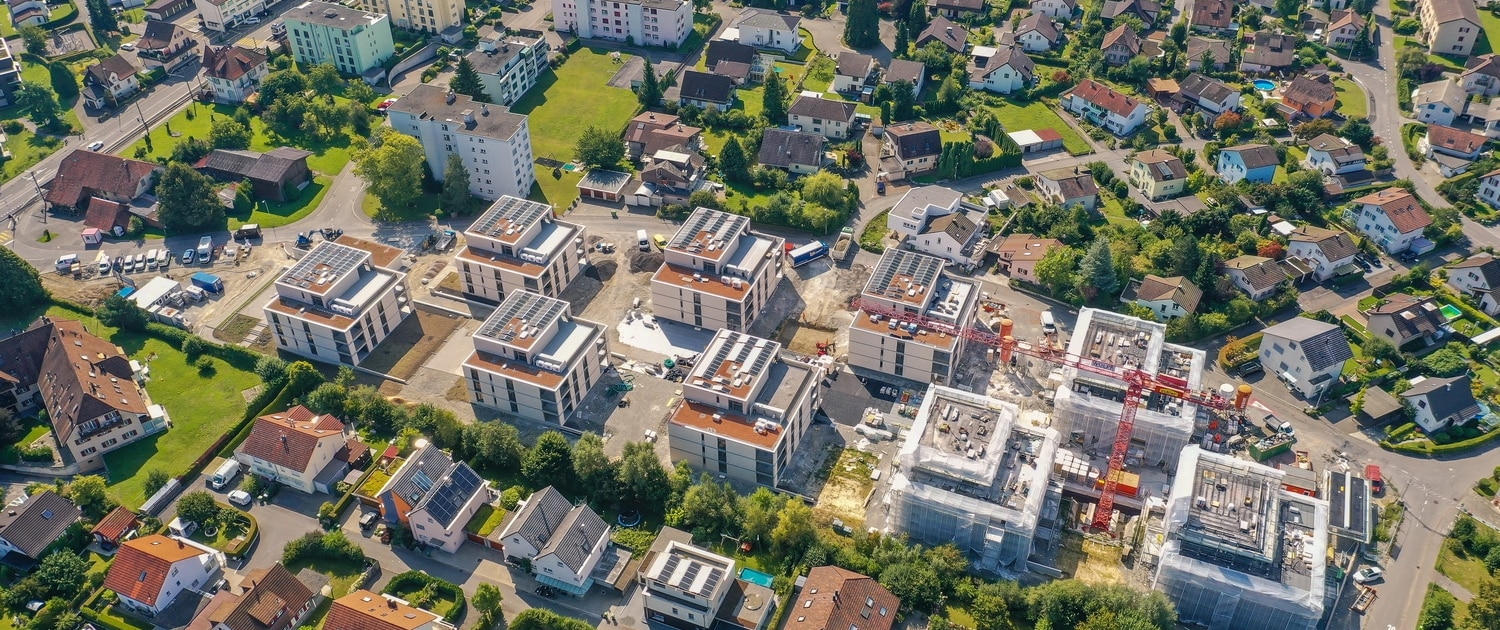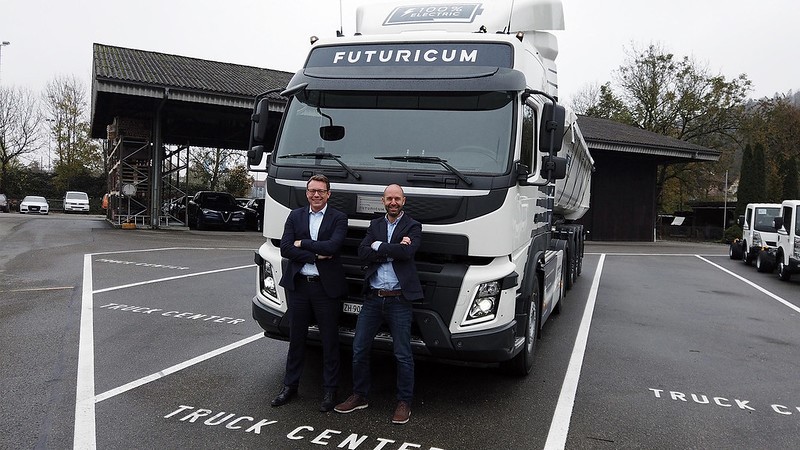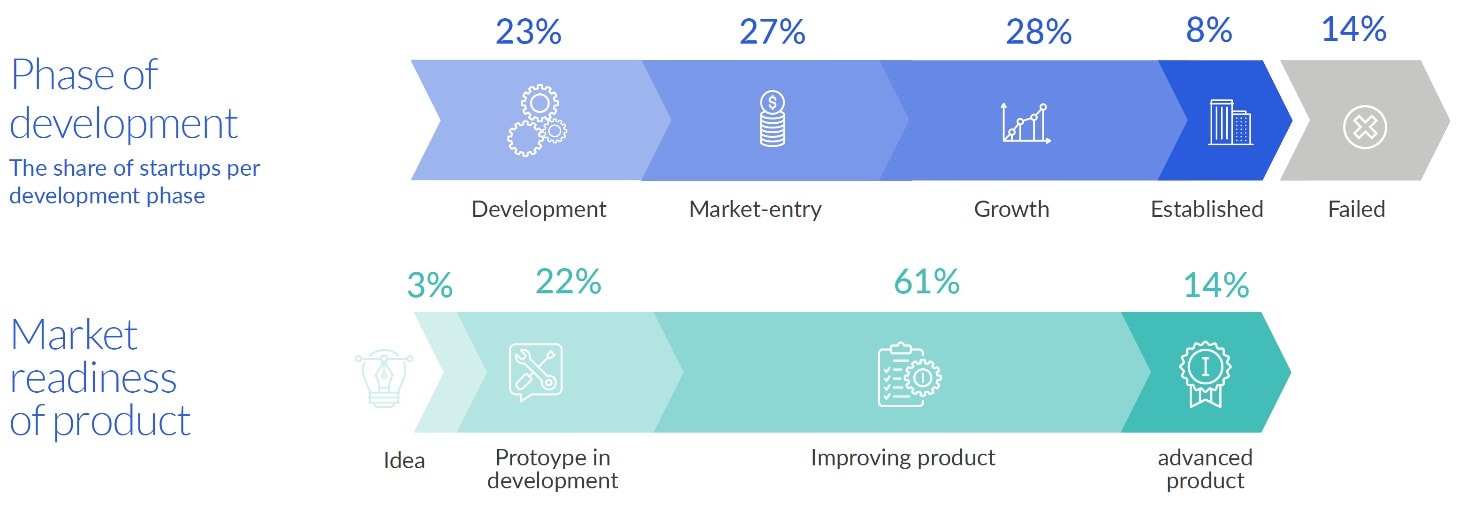Seit 2013 haben Forschende von verschiedenen Hochschulen im Rahmen zweier Nationalen Forschungsprogramme wissenschaftliche Grundlagen im Hinblick auf die Umsetzung der Energiestrategie 2050 erarbeitet. Nun sind das NFP 70 «Energiewende» und das NFP 71 «Steuerung des Energieverbrauchs» abgeschlossen. Aus über 100 Projekten liegen die Resultate vor. Rolf Schmitz, Leiter Energieforschung beim Bundesamt für Energie erklärt, welche Erkenntnisse daraus zentral sind.
- Rolf Schmitz, welches sind aus Ihrer Sicht die wichtigsten Erkenntnisse aus den beiden Nationalen Forschungsprogrammen 70 und 71?
Jedes der abgeschlossenen Projekte trägt seinen Teil zur Zielerreichung der Energiestrategie bei. Zentral ist für mich aber die Erkenntnis, dass die Energiestrategie bis 2050 umsetzbar ist, und das sowohl in wirtschaftlicher Hinsicht, als auch sozialverträglich. Nun stehen wir vor der Herausforderung, das generierte Wissen weiterzutragen und umzusetzen. Letztlich sollen ja Kilowattstunden eingespart oder zusätzlich erneuerbar produziert werden. Aus meiner Sicht ist es darum ermutigend, dass bei einer Umfrage im Rahmen des NFP 71, an welcher sich 61 der 120 Praxispartner beteiligt haben, 30 den Wissensgewinn als wichtigen Output der Zusammenarbeit mit den Hochschulen sehen. Aber auch die Entwicklung von Produkten, Modellen und Verfahren wurde 15 Mal als spezifischer Nutzen aufgeführt. Für rund einen Viertel ist zudem der Kontakt zu den Wissenschaftlern ausschlaggebend ? das ist ja dann der Nährboden für weitere Zusammenarbeiten. Weiterlesen
 https://rcphotostock.com – © rcphotostock (8607)
https://rcphotostock.com – © rcphotostock (8607)  Benedikt Vogel
Benedikt Vogel CTA
CTA BFE
BFE Ormera
Ormera Bundesamt für Energie
Bundesamt für Energie Kurt Bisang
Kurt Bisang BFE
BFE
 Powertage
Powertage